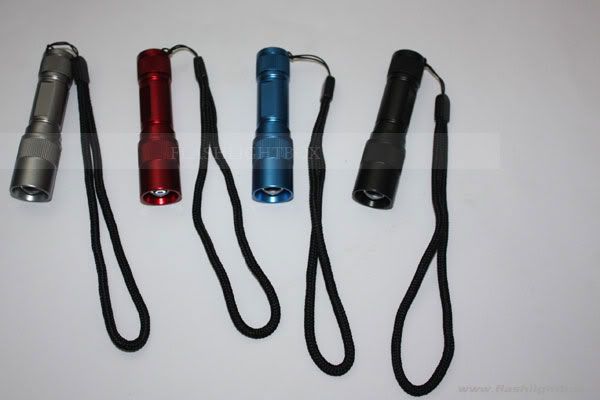- Joined
- Dec 29, 2009
- Messages
- 3,136
- Points
- 63
most common 365nm LED is the Nichia NCSU033
NCSU033A is the old 250mW one, NCSU033B is the new 325mW one.
NC4U133 is the 4-dice in series version, for almost 1W.
First two run about $100 per emitter, assuming you happen to find a group buy for them. A few sellers on another forum have these LEDs, but you'd have to ask them if they'd sell them individually, as they currently use them for their own products.
NCSU033A is the old 250mW one, NCSU033B is the new 325mW one.
NC4U133 is the 4-dice in series version, for almost 1W.
First two run about $100 per emitter, assuming you happen to find a group buy for them. A few sellers on another forum have these LEDs, but you'd have to ask them if they'd sell them individually, as they currently use them for their own products.






